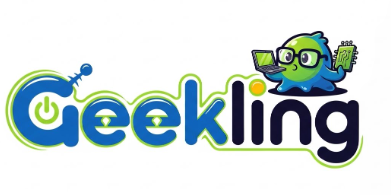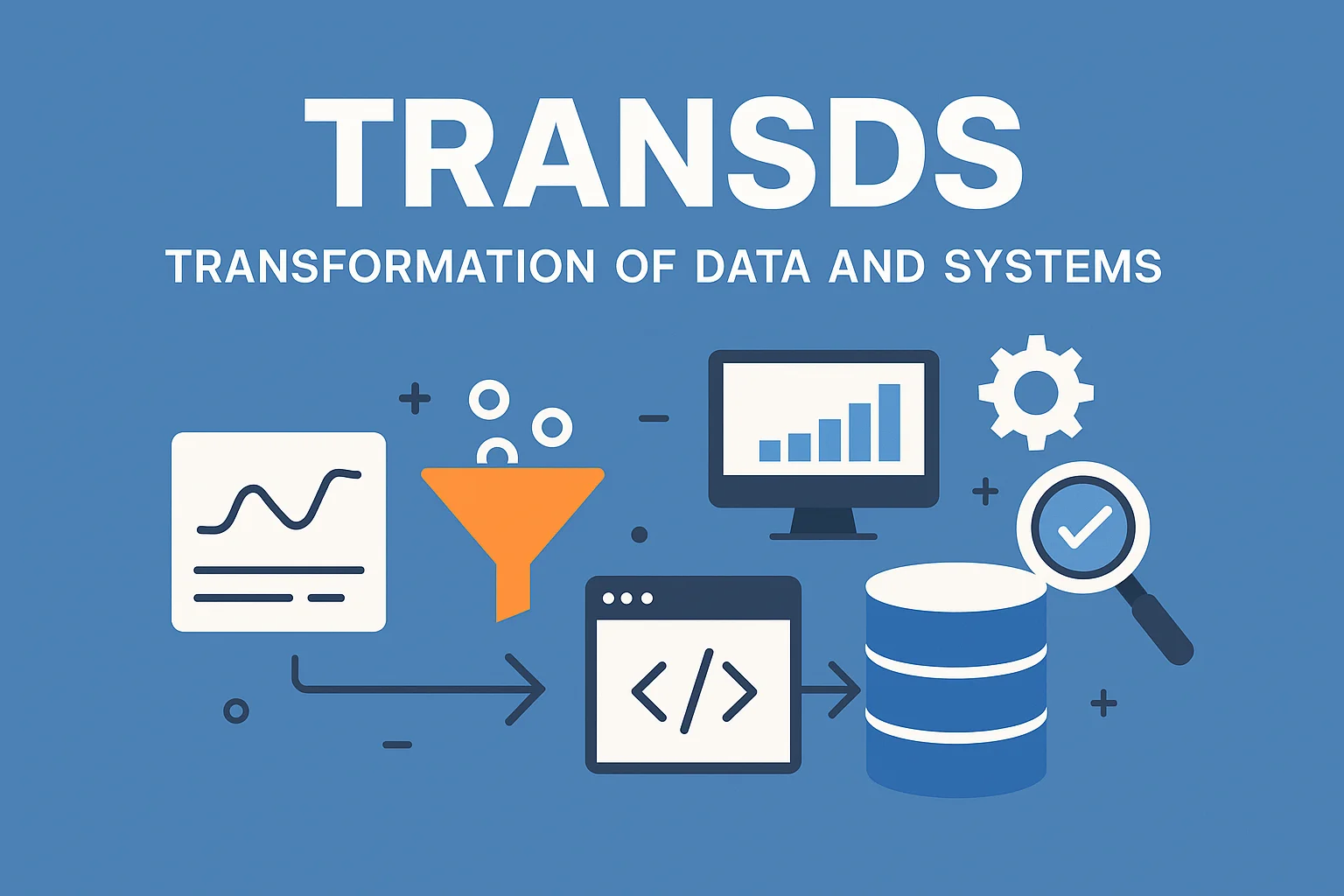Transds are reshaping the conversation around gender identity and social issues in profound ways. As society evolves, so does our understanding of what it means to be true to oneself. The term “transds” encapsulates a diverse array of experiences and identities that challenge traditional notions of gender.
This exploration goes beyond just individual journeys; it delves into how these identities interweave with broader societal themes like race, class, and sexual orientation. Join us as we unpack the complexities of transds and their impact on both individuals and communities. Understanding this intersectionality is crucial for fostering empathy, acceptance, and ultimately a more inclusive world for everyone.
Understanding Gender Identity
Gender identity is a deeply personal and intrinsic sense of being male, female, or something outside these traditional categories. It goes beyond biological sex assigned at birth. For many individuals, their gender identity aligns with societal expectations; for others, it does not.
Transds offer a lens through which we can explore this complexity. People may identify as transgender, non-binary, genderqueer, or other identities that challenge conventional norms. Each experience adds richness to our understanding of human diversity.
Cultural factors also shape how people perceive and express their gender identity. In some cultures, multiple genders are recognized and celebrated. This highlights the importance of context in shaping one’s experience.
By fostering conversations around gender identity within the framework of transds, we encourage empathy and understanding among diverse communities. Awareness nurtures respect for everyone’s journey toward self-acceptance and authenticity.
The Impact of Transds on Society
Transds challenge societal norms and push boundaries. They invite conversations that were once considered taboo. This shift promotes awareness and understanding of diverse gender identities.
In workplaces, schools, and communities, the visibility of transds fosters inclusivity. Many organizations are now implementing policies to support trans individuals. This leads to safer environments for everyone.
Media representation has also evolved significantly. Transds are increasingly seen in films, television shows, and advertisements. Such representation plays a crucial role in shaping perceptions.
Moreover, the rights of trans individuals are gaining attention on political platforms. Activism around trans issues is helping to dismantle stigmas tied to gender identity.
This ongoing dialogue influences cultural narratives as well. As society recalibrates its views on gender diversity, more people begin to embrace their authentic selves without fear or hesitation.
Intersectionality: How Other Social Issues Intersect with Transds
Intersectionality brings vital context to understanding Transds. Gender identity is not experienced in isolation; it intertwines with race, class, sexuality, and disability.
For example, a transgender person of color faces unique challenges that differ from those encountered by their white counterparts. These overlapping identities can amplify discrimination and marginalization.
Economic factors also play a role. Trans individuals often face job instability and wage disparities compared to non-trans colleagues. This economic strain can hinder access to essential resources like healthcare.
Moreover, the stigma surrounding mental health affects Transds significantly. Many experience higher rates of anxiety or depression due to societal rejection or lack of support systems.
In essence, recognizing these intersecting issues highlights the complexity within the Transd experience and underscores the need for comprehensive advocacy efforts that address all facets of identity simultaneously.
Mental and Physical Health Effects of Transds
Transds face unique mental and physical health challenges that are often overlooked. Discrimination, stigma, and societal rejection can lead to higher rates of anxiety, depression, and suicidal thoughts. Many individuals struggle with their identity in environments that lack acceptance.
On the physical health side, access to healthcare can be a significant barrier. Transds may not receive adequate care tailored to their needs due to biases from healthcare providers or systemic issues within medical institutions. This can result in untreated conditions or inadequate support.
Moreover, hormone therapy and other transition-related medical procedures carry risks but also offer essential benefits for those who pursue them. The importance of supportive networks cannot be understated; they play a vital role in promoting better mental well-being through connection and community.
Understanding these complexities is crucial for fostering an environment where all individuals feel safe and valued for who they are.
Overcoming Challenges and Promoting Acceptance
Overcoming challenges in the realm of Transds requires a collective effort. Education plays a pivotal role. When communities understand gender diversity, acceptance flourishes.
Inclusive policies are another powerful tool. Organizations and workplaces that embrace trans-inclusive practices create safe environments for everyone. This not only empowers individuals but also fosters collaboration among diverse groups.
Support networks can make a significant difference too. Friends, family, and allies who stand by those navigating their identity provide vital emotional backing. Their presence reminds us that no one is alone on this journey.
Visibility matters as well. Sharing stories and experiences helps challenge stereotypes and misconceptions surrounding Transds, paving the way for empathy and understanding in society.
Engagement through advocacy amplifies voices often unheard. By participating in discussions or attending events focused on gender inclusivity, individuals can contribute to meaningful change while promoting acceptance across various platforms.
Conclusion: Embracing Diversity and Fostering Inclusivity in a Transd-Inclusive Society
Embracing diversity is essential for fostering an inclusive society that welcomes individuals of all gender identities. The concept of Transds highlights the importance of understanding and supporting those who identify outside traditional binaries. By prioritizing awareness and education, we can break down barriers.
Encouraging open conversations about gender identity allows us to dispel myths and reduce stigma. It opens pathways for empathy, promoting a more accepting environment where everyone feels valued.
By recognizing how other social issues intersect with Transds, we can develop comprehensive solutions that address multiple facets of discrimination. This approach benefits not just individuals within the transgender community but society as a whole.
Promoting mental and physical health resources tailored to diverse identities is crucial. Access to care must be equitable so that everyone has the opportunity to thrive in their true selves.
As allies, it’s our responsibility to advocate for policies that support marginalized communities. Together, we can cultivate spaces where acceptance is standard practice rather than an exception.
The journey toward inclusivity will take time and effort from each one of us. However, by embracing diversity through understanding and action, we pave the way for future generations to live authentically without fear or prejudice. A transd-inclusive society enriches us all; let’s celebrate every individual’s unique journey forward together.

